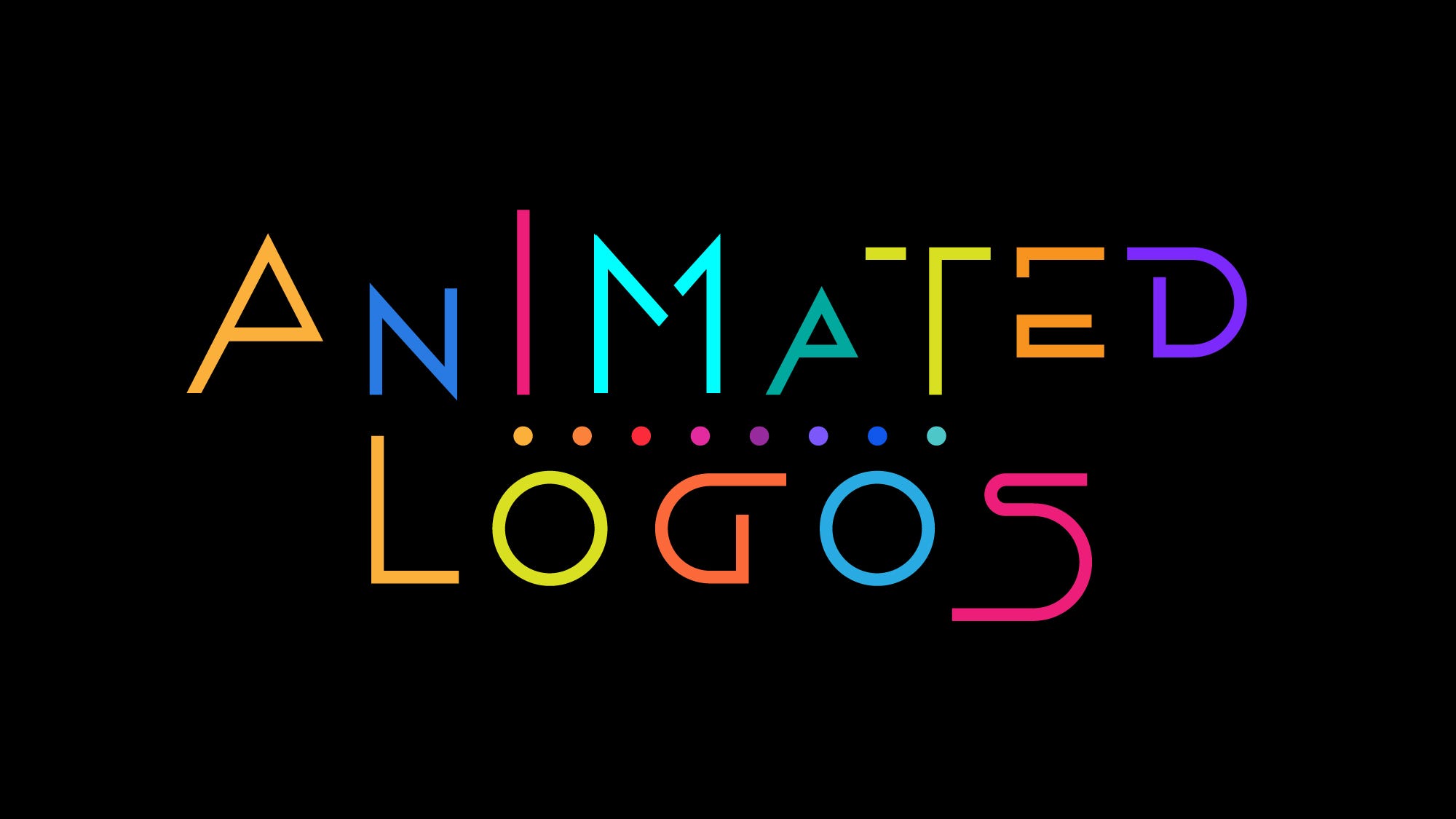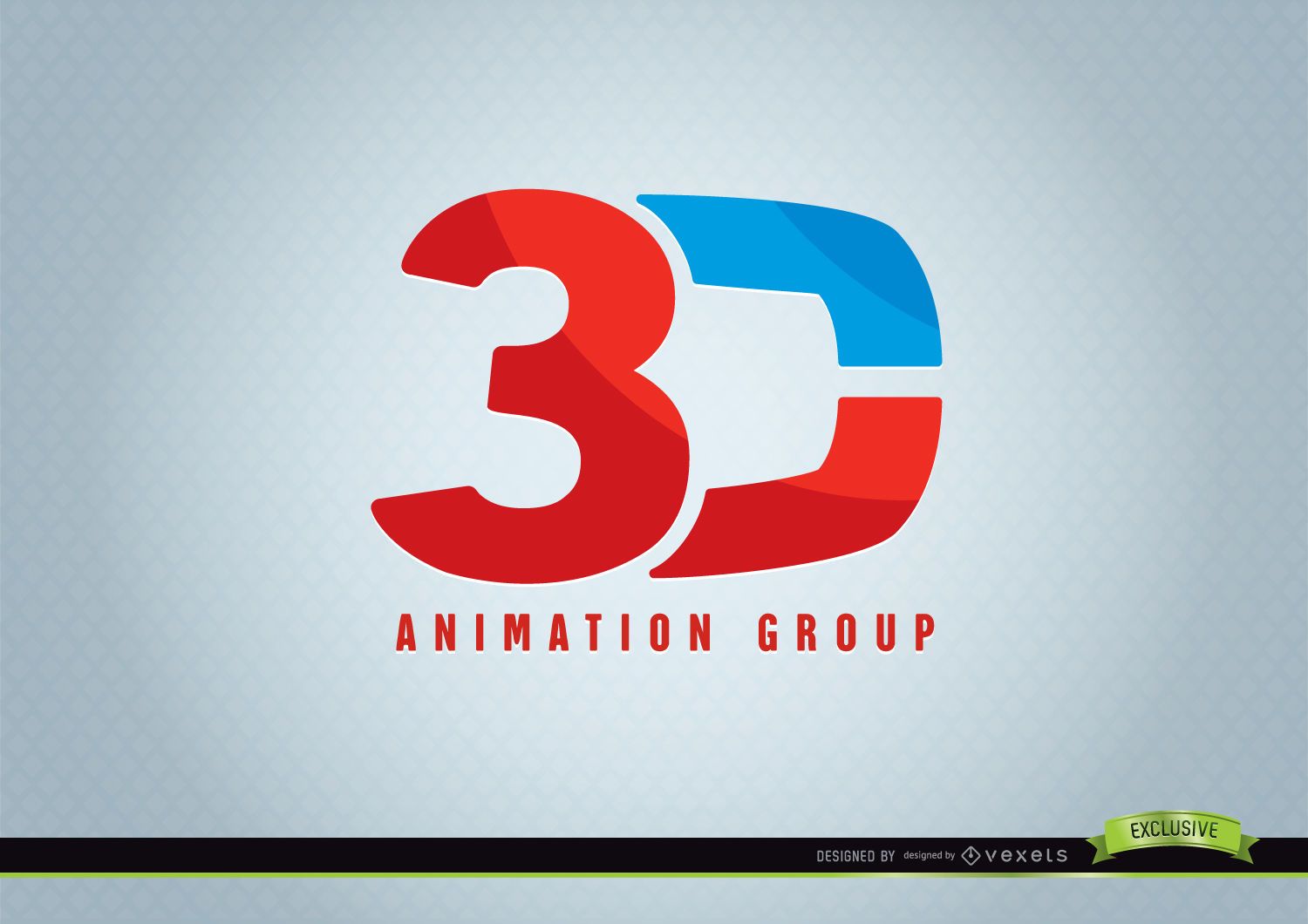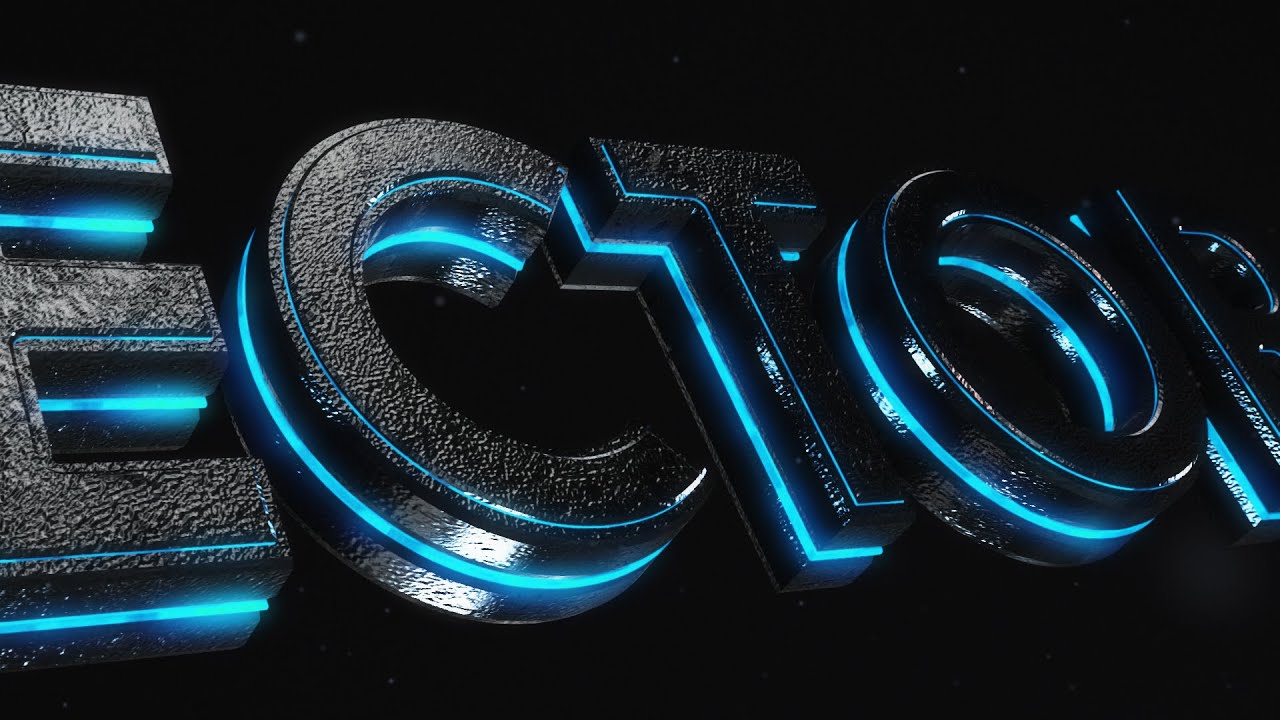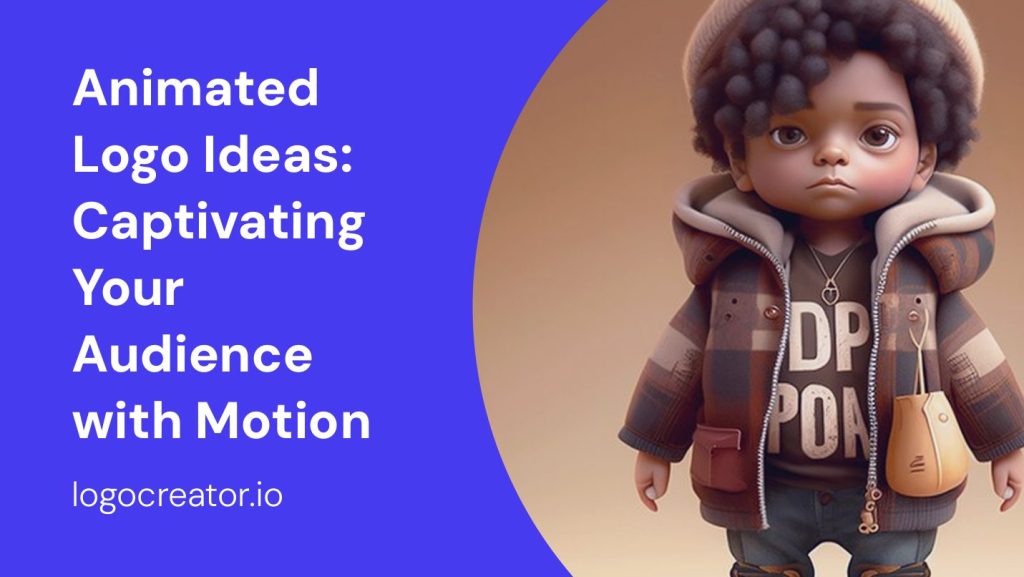Are you looking to make a lasting impression with your brand? One way to achieve that is through an animated logo. In today’s digital age, where attention spans are shorter than ever, a static logo might not be enough to grab your audience’s attention. By infusing motion into your brand identity, you can create a dynamic and memorable experience for your customers. In this article, we will explore some animated logo ideas that can help you captivate your audience and leave a lasting impression.
Why Choose an Animated Logo?

Enhancing Brand Identity
Your logo is the visual representation of your brand. It communicates your company’s values, personality, and the products or services you offer. By animating your logo, you can enhance these elements and add an extra layer of depth to your brand identity. Animation allows you to inject movement, color, and creativity into your logo, making it more engaging and memorable.
Grabbing Attention
In a world filled with visual noise, it’s crucial to find ways to stand out from the crowd. An animated logo can help you do just that. By leveraging motion, you can grab your audience’s attention and make them take notice. A well-crafted animated logo can be a powerful tool to differentiate yourself from competitors and leave a lasting impression in the minds of your customers.
Conveying Storytelling
Animated logos have the ability to tell a story. Through motion, you can convey the narrative of your brand and create an emotional connection with your audience. Whether it’s showcasing your company’s growth, illustrating your unique selling point, or simply adding a touch of personality, animation can bring your logo to life and communicate your brand message effectively.
Types of Animated Logo Ideas

1. Morphing Animation
Morphing animation is a technique that seamlessly transforms one shape or object into another. This type of animation can be used to represent the evolution of your brand or to showcase the transformation of your products or services. By morphing elements of your logo, you can create a visually stunning effect that captures attention and leaves a lasting impression.
2. Motion Graphics
Motion graphics involve the use of animated elements, such as lines, shapes, and typography, to create visually appealing and engaging logo animations. This technique allows you to play with different effects, such as particle systems, kinetic typography, and dynamic transitions. Motion graphics can add a modern and sophisticated touch to your logo, making it visually captivating and memorable.
3. Animated Mascots
If your brand has a character or mascot, animating it can be an excellent way to create a unique and memorable logo. By giving your mascot movement and personality, you can forge a stronger emotional connection with your audience. Whether it’s a playful bounce, a friendly wave, or a high-energy dance, an animated mascot can bring life to your logo and make it more relatable and engaging.
4. Animated Backgrounds
Animated backgrounds can add depth and visual interest to your logo. By incorporating subtle animations or dynamic patterns into the background, you can create a sense of movement and energy. This technique can be particularly effective for brands in industries such as technology, entertainment, and fashion, where innovation and creativity are key.
5. Animated Text
Typography is a powerful visual tool that can convey emotion, personality, and brand identity. By animating the text in your logo, you can add an extra layer of visual appeal and create a dynamic and engaging experience. Whether it’s a simple fade-in effect, a kinetic typographic animation, or a mesmerizing text reveal, animated text can make your logo more captivating and memorable.
Best Practices for Animated Logos
Now that we’ve explored various animated logo ideas, it’s important to consider some best practices to ensure that your animation is effective and well-executed.
Keep it Simple and Cohesive
While animation can be exciting, it’s crucial to keep the design simple and cohesive. Avoid overcrowding your logo with excessive motion or complex animations that may distract from your brand message. Instead, focus on creating smooth and seamless transitions that enhance the overall visual appeal of your logo.
Reflect Your Brand’s Personality
Your logo should be a reflection of your brand’s personality and values. Ensure that the animation style aligns with your brand identity and resonates with your target audience. Whether it’s a playful and whimsical animation or a sleek and modern motion graphic, the animation should reinforce your brand’s character and evoke the desired emotions.
Consider Different Platforms and Devices
With the increasing variety of devices and platforms available, it’s essential to consider how your animated logo will appear across different screens and resolutions. Make sure your animation is optimized for various devices, including smartphones, tablets, and desktops. This will ensure a consistent and engaging experience for your audience, regardless of the device they are using.
Test and Iterate
Before finalizing your animated logo, it’s crucial to test it with your target audience and gather feedback. Pay attention to how people react to the animation and whether it effectively communicates your brand message. Iterate based on the feedback received to refine your logo animation and make it even more impactful.
Conclusion

In a fast-paced digital world, a static logo may not be enough to make your brand stand out. By embracing animation, you can create a dynamic and engaging logo that captivates your audience and leaves a lasting impression. Whether it’s through morphing animation, motion graphics, animated mascots, animated backgrounds, or animated text, there are various ideas to explore. Remember to keep it simple, reflect your brand’s personality, consider different platforms, and test your animation to ensure its effectiveness. With the right animated logo, you can elevate your brand and make a memorable impact on your audience.
Barry Edwards is a digital marketing expert with a deep understanding of content strategy, logo, and branding principles. Holding a Bachelor’s degree in Marketing from Beaconhill College, he offers valuable insights on digital marketing trends and strategies through his writing. Follow Barry’s work to stay updated on the latest in online marketing and branding.



